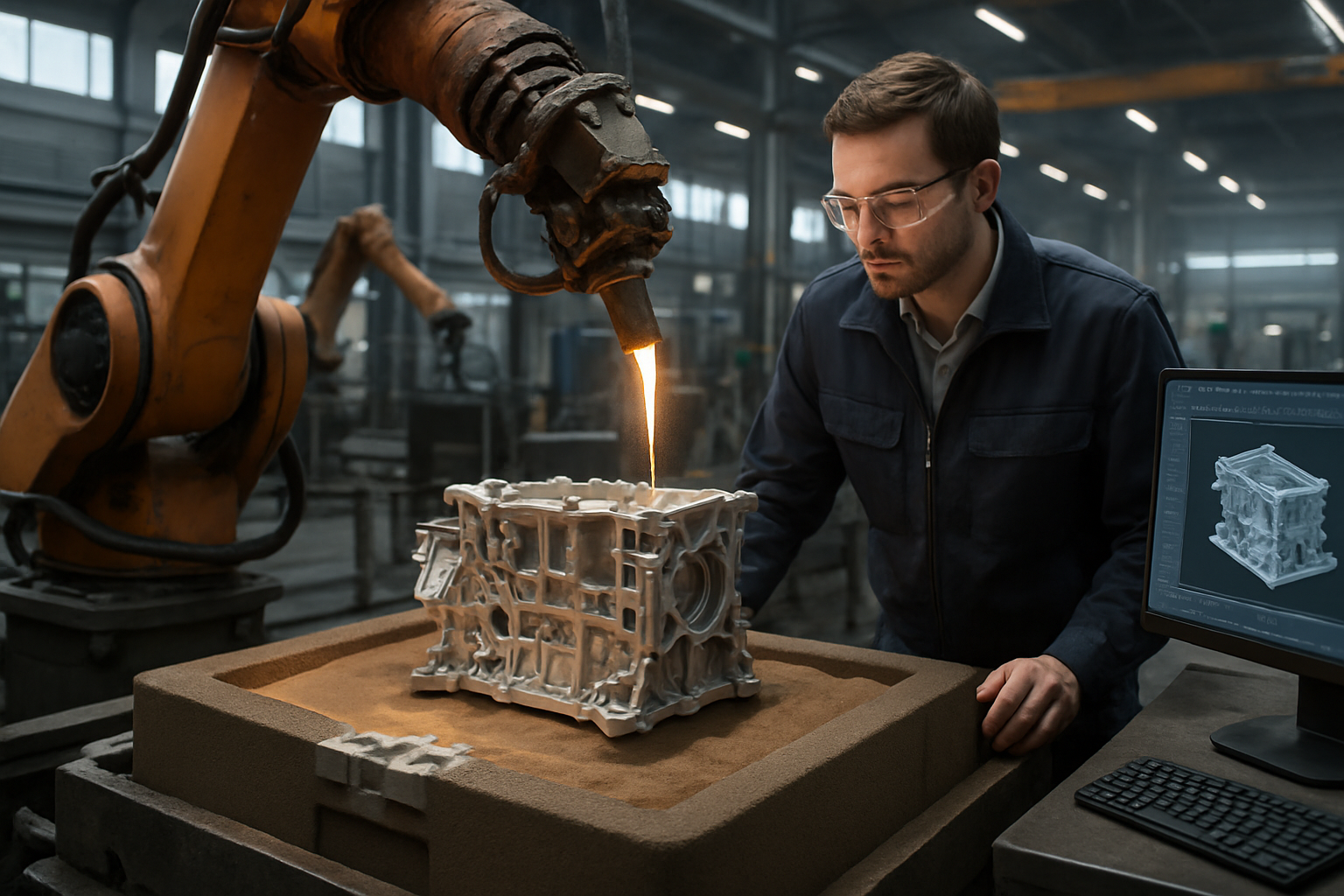The Evolution of Welding Machines: From Manual to Automated Precision
Welding machines have come a long way since their inception, revolutionizing manufacturing processes across various industries. These essential tools have evolved from simple manual devices to sophisticated automated systems, incorporating cutting-edge technologies like laser welding. This article explores the advancements in welding machine technology, their impact on modern manufacturing, and the role of automation in shaping the future of the industry.

In recent decades, the advent of computer-controlled systems has led to the development of highly sophisticated welding machines. These modern devices incorporate advanced features such as programmable welding parameters, real-time monitoring, and adaptive control systems. This evolution has significantly enhanced the precision, speed, and quality of welding processes across various applications.
What role does laser welding play in modern manufacturing?
Laser welding has emerged as a game-changing technology in the manufacturing industry. This advanced welding technique uses a high-powered laser beam to melt and fuse materials together, offering several advantages over traditional welding methods. Laser welding machines are capable of producing extremely precise, high-quality welds with minimal heat-affected zones.
The adoption of laser welding in manufacturing has enabled the production of complex, lightweight components for industries such as automotive, aerospace, and electronics. The technology allows for the welding of dissimilar materials, thin-walled structures, and intricate geometries that were previously challenging or impossible to achieve with conventional welding methods.
How is automation shaping the welding industry?
Automation has become a driving force in the evolution of welding machines and processes. Robotic welding systems, equipped with advanced sensors and control algorithms, have significantly increased productivity and consistency in manufacturing operations. These automated welding machines can perform repetitive tasks with high precision, reducing human error and improving overall product quality.
The integration of artificial intelligence and machine learning technologies in welding automation has further enhanced the capabilities of these systems. Smart welding machines can now adapt to variations in material properties, optimize welding parameters in real-time, and even predict and prevent potential defects before they occur.
What are the key technological advancements in welding machines?
Several technological advancements have contributed to the improved performance and versatility of modern welding machines:
-
Digital control systems: Microprocessor-based controls allow for precise regulation of welding parameters, ensuring consistent weld quality.
-
Multi-process capabilities: Advanced welding machines can perform multiple welding processes (e.g., MIG, TIG, stick welding) using a single power source, increasing flexibility in manufacturing operations.
-
Inverter technology: Inverter-based power sources offer improved energy efficiency, reduced weight, and better control over the welding arc.
-
Advanced sensors: Integration of vision systems, thermal cameras, and other sensors enables real-time monitoring and adaptive control of the welding process.
-
Connectivity and data analytics: Internet of Things (IoT) enabled welding machines can collect and analyze data to optimize processes, predict maintenance needs, and improve overall equipment effectiveness.
How are welding machines impacting various industries?
Welding machines play a crucial role in numerous industries, contributing to the production of everything from small consumer goods to large-scale infrastructure projects. In the automotive industry, advanced welding machines are essential for manufacturing lightweight, fuel-efficient vehicles. The aerospace sector relies on precision welding technologies to produce aircraft components that meet stringent safety and performance requirements.
In the construction and infrastructure industries, welding machines are indispensable for fabricating structural elements, pipelines, and large-scale metal structures. The energy sector, including oil and gas, nuclear, and renewable energy industries, heavily depends on welding machines for the construction and maintenance of power plants, refineries, and distribution systems.
What does the future hold for welding machine technology?
The future of welding machine technology looks promising, with ongoing research and development focused on further improving efficiency, precision, and automation. Some emerging trends and innovations in welding machine technology include:
-
Additive manufacturing integration: Combining welding processes with 3D printing technologies for rapid prototyping and production of complex metal parts.
-
Advanced materials welding: Development of specialized welding machines capable of joining new alloys, composites, and advanced materials used in cutting-edge industries.
-
Virtual and augmented reality: Implementation of VR and AR technologies for training welders and assisting in complex welding operations.
-
Collaborative robotics: Introduction of collaborative welding robots that can work safely alongside human operators, combining the strengths of both automated and manual welding processes.
-
Green welding technologies: Focus on developing more energy-efficient and environmentally friendly welding processes and machines.
As welding machines continue to evolve, they will play an increasingly vital role in shaping the future of manufacturing, enabling the production of more advanced, efficient, and sustainable products across various industries.






